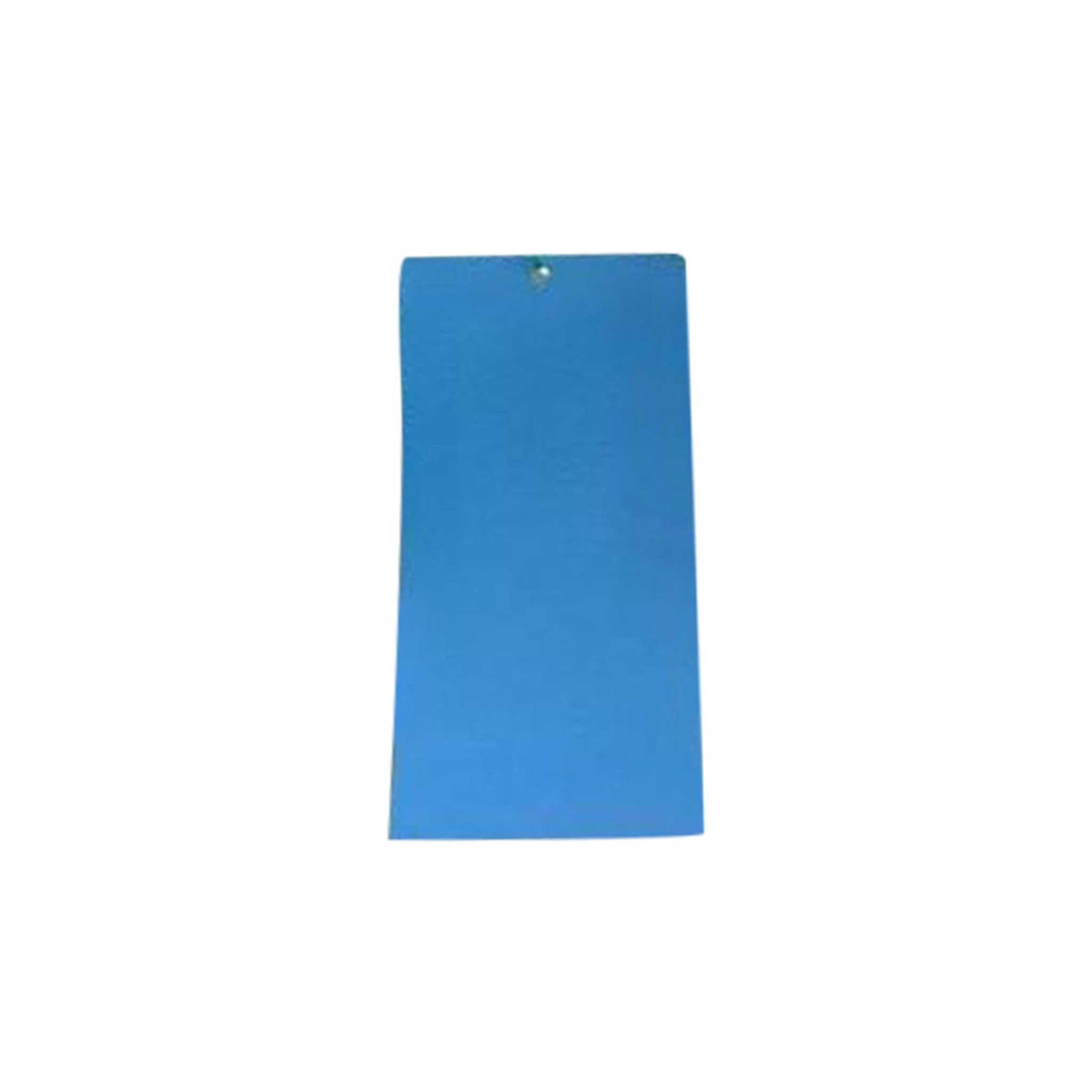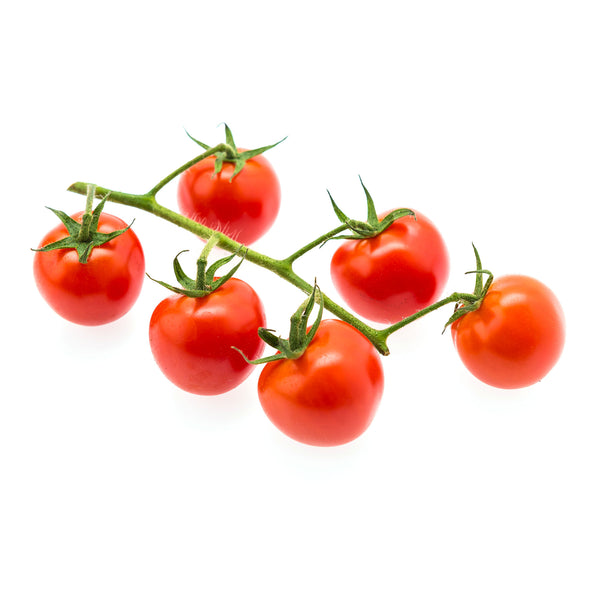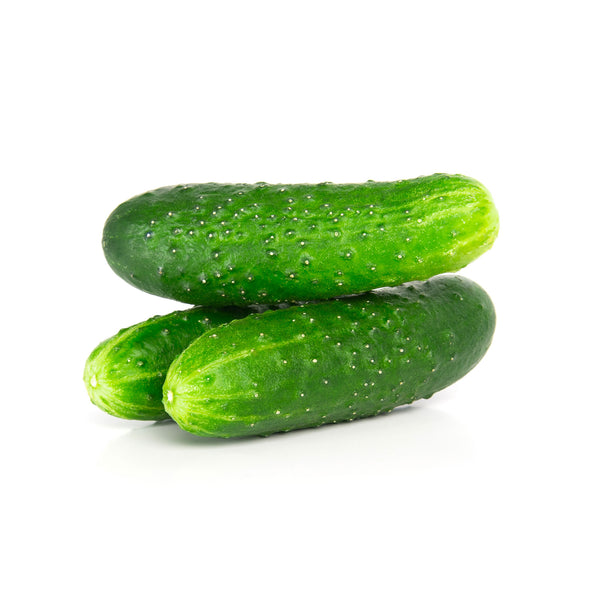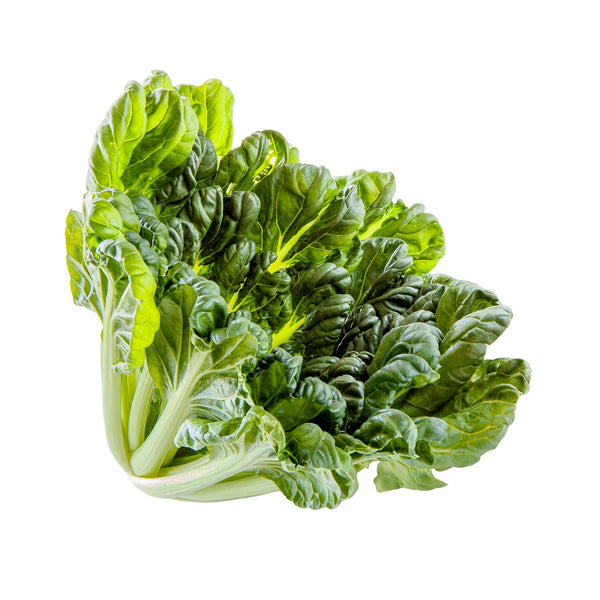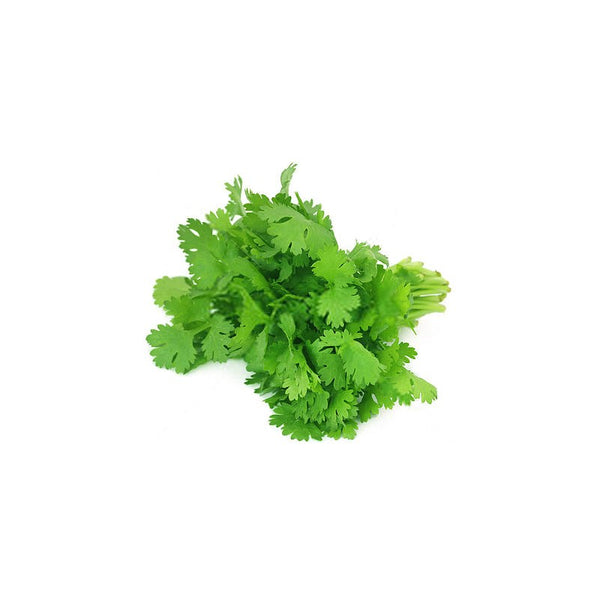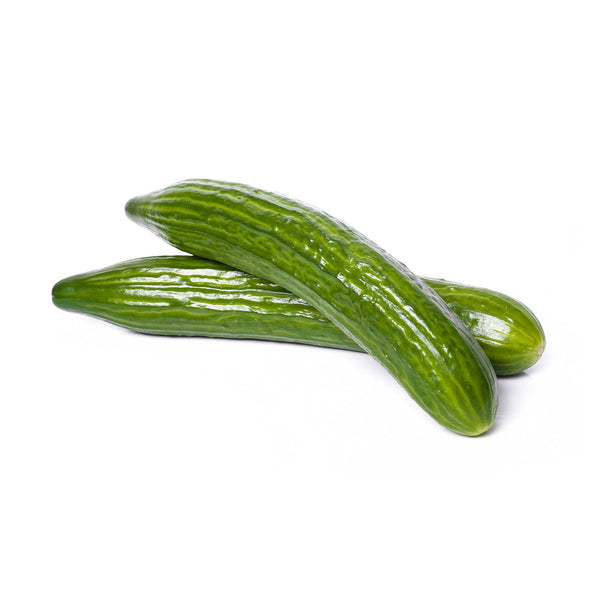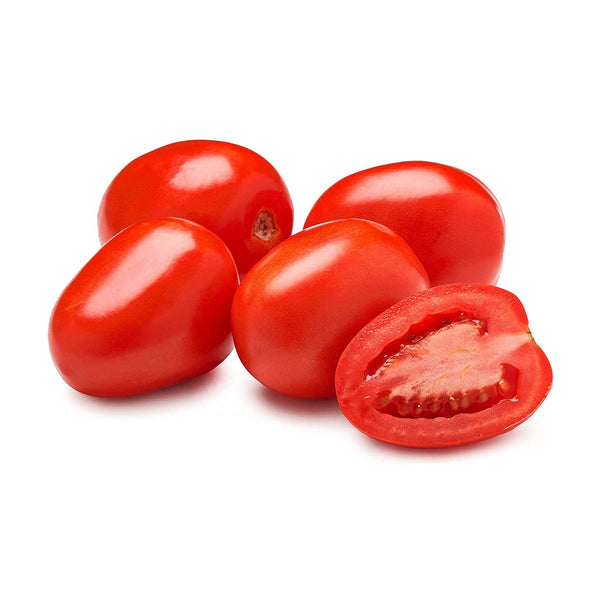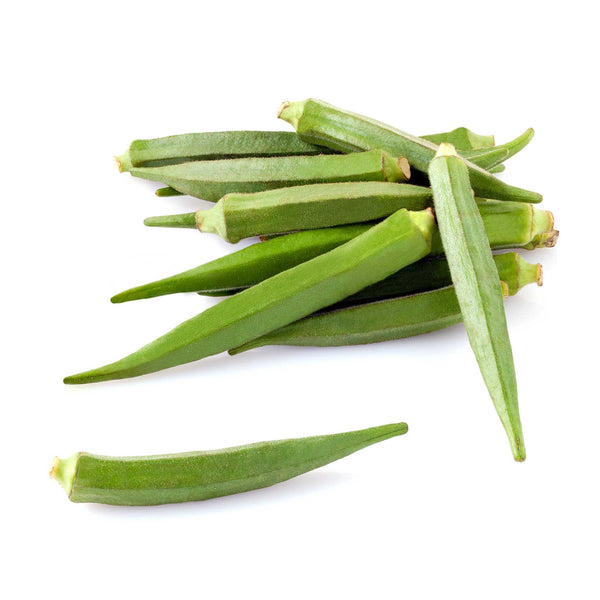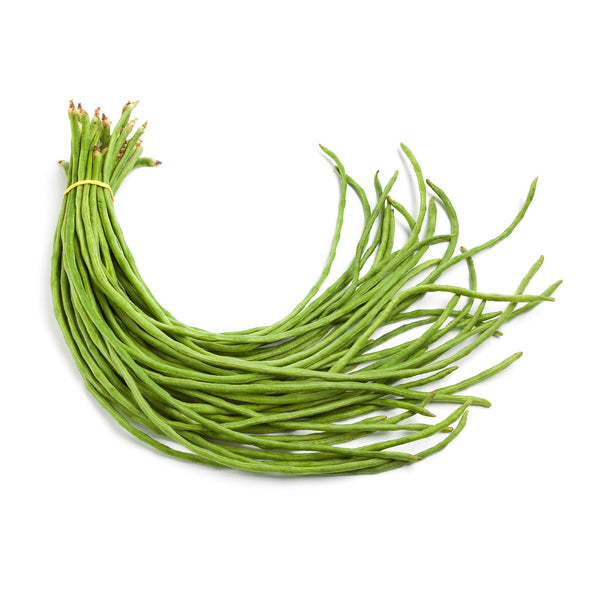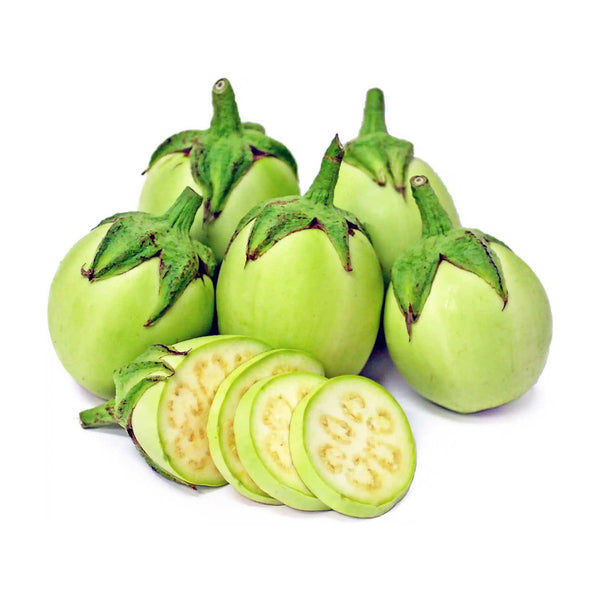Home Gardening Inputs Blue Sticky Traps Large
Blue Sticky Traps Large
Rs. 1,392.00
Horiver-TR. Blue sticky traps are a non toxic way to control and monitor thrips (Frankliniella occidentalis and Thrips tabaci) and Sciarids. These pests are attracted by the unique blue color and stick to the non-drying glue coating the trap.
Packaging:
Horiver –TR : 25 x 40 cm (big, contains 10 double-sided + 2 one-sided sticky traps, Made in Germany)
Product from: Koppert Biological Systems
DESCRIPTION
Horiver sticky traps are well-known for their excellent quality. The sticky-trap sheets retain their adhesive power under all conditions and the adhesive does not drip, even at very high temperatures.
When to use Horiver-TR.?
Use Horiver-TR. to monitor and trap thrips. It should be hung when the crop is still young.
How does Horiver-TR. work?
Sticky traps are essential in the detection and partial elimination of many species of flying pests in greenhouses. Sticky traps make it possible to detect pests at an early stage and then use biological measures to combat them. This prevents unnecessary applications of chemicals.
Moreover, counting the captured insects on the sticky traps on a regular basis makes clear when pests are present in the greenhouse, how fast their population is developing, and when their population is likely to reach its peak. In this way the grower is much better prepared for potential threats.
Horiver-TR. (small) has a grid which makes counting easier.
How to use Horiver-TR.
Check This Link: Sticky Trap Usage Instruction
Application Horiver-TR.
Instructions for usage:
- With regards to tall crops such as cucumber, tomato and pepper, position the traps just above the top of the plant and adjust while the plants grow
- When it comes to crops with a low canopy, support the traps by canes or wire holders and install them maximum 30 cm above the crop
- The traps must be placed in areas where the risk of pest infestation is high, e.g at doors, gable ends and lateral ventilation openings
Dosage
With regards to monitoring purposes, the advised rate is five traps per 1,000 m². If the traps must contribute to the biological control of pests in so-called hot spots (i.e. mass trapping), use at least one trap per 20 m² or at most one trap per 2 m². Both small and larger traps can be used for this purpose.

